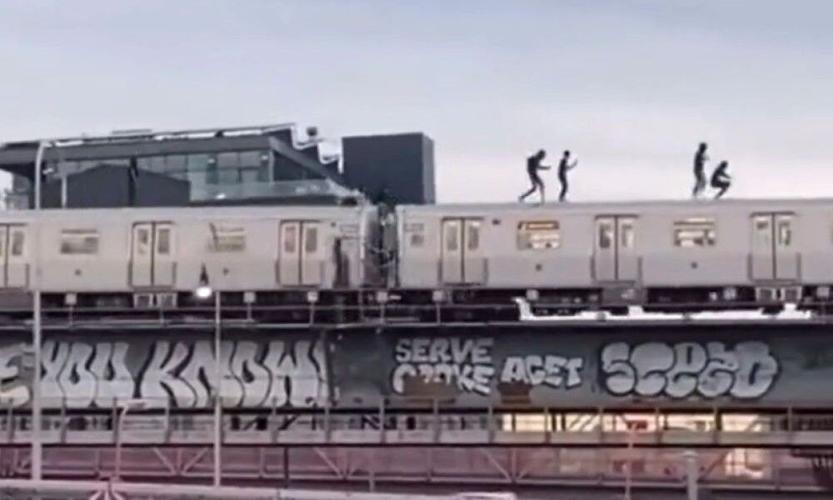
Subway surfers in New York City
NEW YORK – A mother featured in a New York Times story last weekend is grieving the death of her son, killed while riding illegally on the top of a subway car. And she has identified the killers: Instagram and TikTok, which she says relentlessly fed her son videos of other people engaging in the reckless practice of “subway surfing.”

Bergman
Norma Nazario has joined other plaintiffs represented by former asbestos lawyer Matthew Bergman, who is hoping to win big damages from social media platforms over subway surfing, fentanyl abuse and “compulsive use.” As with lawyers pursuing novel theories over opioids and global warming, Bergman is trying to convince judges that it isn’t the content on social media platforms that injures people, but the algorithms that serve it up.
Defendants argue Section 230 of the Telecommunications Act as well as the First Amendment protect shield them from lawsuits over content uploaded by their users. A New York appeals court, rejecting one such lawsuit, said the litigation, if successful, would “result in the end of the Internet as we know it.”
“Because social media companies that sort and display content would be subject to liability for every untruthful statement made on their platforms, the Internet would over time devolve into mere message boards,” said New York’s Fourth Department Court of Appeals in a July decision throwing out a similar lawsuit that blamed a racist killer’s massacre at a Buffalo supermarket on social media posts.
Nazario told the Times she contacted Bergman, who runs the Social Media Victims Law Center in Seattle, after seeing him on “60 Minutes” on TV. Her son Zackery was killed in September 2023 when he was hit in the head by a concrete beam while riding on top of a subway car crossing the Williamsburg Bridge in New York. Nazario said she warned her son not to subway surf, but unbeknownst to her he was watching videos of other surfers on Instagram and TikTok.
“Zackery’s mom did not know and had no reason to think that TikTok and Instagram were directing deadly accounts to her son; and she would never have allowed it in her home and/or would have taken steps to actively prohibit it had Instagram and TikTok been honest about their technologies, product designs, and dangers,” her lawyers state in the lawsuit.
Zackery’s death – which came as he was looking back at his girlfriend, unaware of the concrete beam that would kill him – was “a direct and proximate result of Instagram and TikTok’s unreasonably dangerous products,” the lawsuit claims.
Meta and TikTok parent Bytedance have moved to dismiss the case, citing the Fourth Department’s decision throwing out the lawsuit over the Buffalo massacre. At the very least, they are asking for a stay of discovery to avoid spending money while their appeal of the judge’s decision to allow Nazario’s case to go ahead is pending.
A core purpose of Section 230 is to “protect websites not merely from ultimate liability, but from having to fight costly and protracted legal battles,” the Fourth Department said in its decision.
In Nazario’s case, Judge Paul A. Goetz already dismissed claims against the New York Metropolitan Transit Authority, citing previous decisions that held activities like subway surfing were so reckless and dangerous that they were the “sole proximate cause” of any injuries or death. Judge Goetz didn’t extend the same protection to Meta and Bytedance, however, relying primarily upon the since-reversed trial court decision in the Buffalo shooting case.
The judge also cited a Third Circuit Court of Appeals decision allowing similar claims to proceed, which Meta and Bytedance dismissed as an outlier. Meta and Bytedance say they plan to file their appeal of his decision in November.










